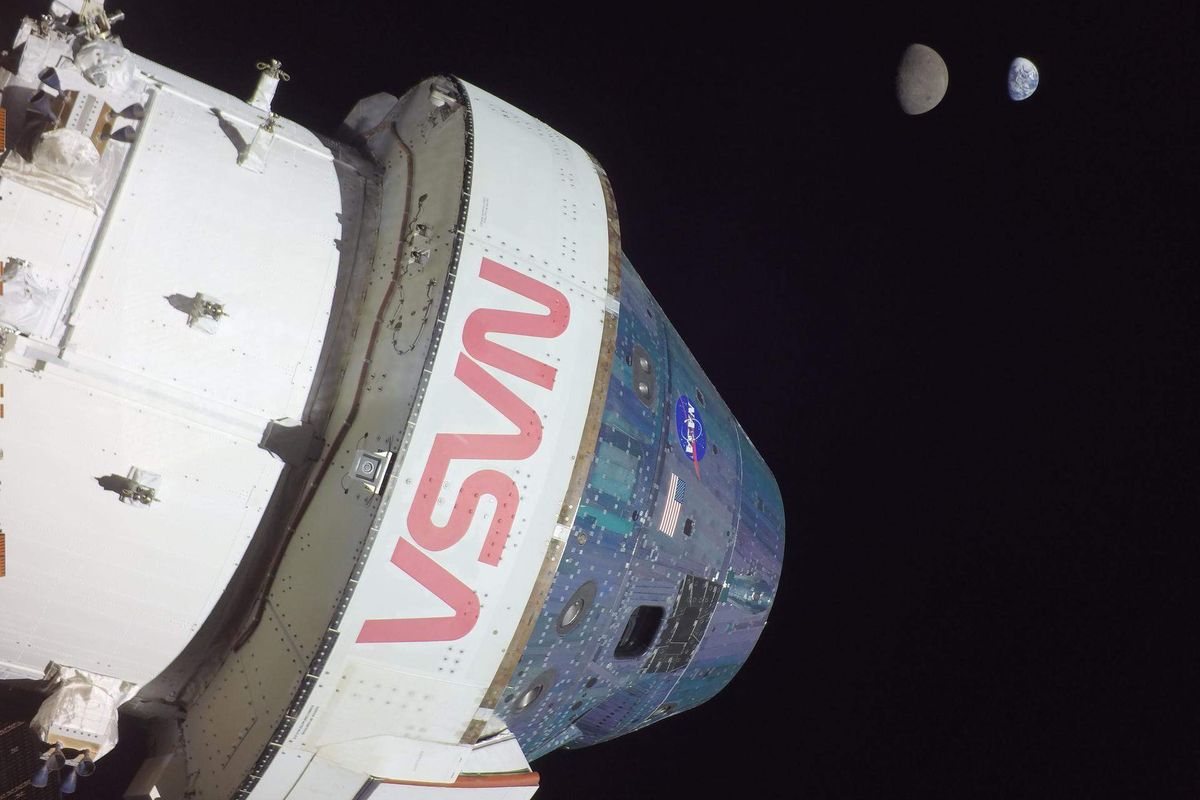Space nonprofit with Houston office builds on NASA legacy to develop new hypersonic tech
high speed
With a recent air-launched test vehicle flight that came close to hypersonic speed, research company Draper has accelerated the potential for its flight technology.
Draper, a Cambridge, Massachusetts-based nonprofit, provided the crucial guidance, navigation, and control flight software for the flight. That guidance system was built on the same Draper technology that NASA has used in its Apollo mission, the international space station and space shuttle programs.
“In a broad sense, Draper has been working hypersonic since Apollo,” Rick Loffi, space systems program manager and lead executive for Draper’s Houston campus, tells InnovationMap.
The navigation software controlled the first powered test flight of an air-launched vehicle that approached the hypersonic threshold of Mach 5, or 3,800 miles per hour, or five times the speed of sound.
Stratolaunch successfully completed the flight of its TA-1 Talon test vehicle in the Mojave Desert in March. The California-based company designs and launches aerospace vehicles and technologies, providing access to a reusable hypersonic testing platform, according to its website. The historic test flight landed in the Pacific Ocean, and achieved successful ignition, acceleration and sustained altitude climb.
“The Draper software is really what’s stabilizing the vehicle during flight…and controlling it as it gets up into altitude and speed,” Brandon Jalbert, space systems program manager for Draper and team lead for Stratolaunch, says “so it’s not doing loop-de-loops, or getting unstable…blowing up in the atmosphere.”
Draper uses model-based design and algorithms in its software, and for the boost phase of the Talon test, Draper developed a novel algorithm, which built upon its previous work for NASA, Jalbert says.
Aerospace manufacturing companies like Boom and Hermeus stand poised to pick up where the Concorde left off, and are racing to implement and execute on accessible hypersonic and supersonic commercial technology.
The Concorde aircraft made supersonic, four-hour transoceanic flights a reality, but only for the very wealthy, and shut down in 2003.
Draper is not involved in any of those ventures to bring accessible supersonic flight back to the skies. Its primary focus with hypersonic will remain with deterrence and testing platforms, Jalbert says.
But the company’s technology “has applications everywhere from military to commercial activity,“ he says.
“Our focus is to solve complex challenges of national importance,” he says, “whether that’s…helping our commercial partners, or working on civil or military applications. That’s where we see ourselves being of value to the industry.”
With the harsh conditions involved in hypersonic flight, advancing the technology has its challenges.
“You’ve got to have proper hardware and electronics and sensors that can operate within those conditions,” Jalbert says.
Draper originated in 1932 when engineer Charles Stark Draper founded what eventually became the Instrumentation Lab at MIT.
His work on inertial navigation theory paved the way for the use of the autopilot in today’s commercial jets. The lab was divested by MIT in the 1970s, and became a nonprofit. Draper has long been a government contractor and has worked on many military projects, dating to WWII.
Draper in 2023 secured the $2.2 billion renewal of a long-standing contract with the U.S. Navy to provide the guidance system for the submarine-launched Trident II D-5 missile.
The U.S. government has shown a growing interest in the development of hypersonic weapons systems, as Russia and China have developed advanced capabilities.
The Pentagon’s budget request for hypersonic research for fiscal year 2025 was $6.9 billion, up from $4.7 billion for 2023, according to a recent U.S. Naval Institute report.
“There’s a big shift, in deterrence, as well as offensive, on hypersonic,” Jalbert says.
However, the Defense Department has not yet acquired hypersonic weapons, according to the report, but is developing prototypes and testing.
Draper has a long, celebrated history with NASA, and its Houston office is housed at Johnson Space Center. Draper's presence in Houston dates back to the 1960s, Loffi says.
From the Apollo missions to the space station and now the Artemis program, which aims to land the first person of color and the first woman on the moon by 2026 on its Orion spacecraft, Draper has partnered with NASA every step of the way, providing its navigation system for space flight.
“Right now, our biggest customer within NASA is the Orion program,” Loffi says, with approximately 15 of the 20-person Houston office working on the project, in collaboration with the company’s Cambridge colleagues.

The company is also working with NASA on lunar landing technology and sub-orbital experiments, as well as the propulsion element and Gateway space station for Artemis.
Amazon founder Jeff Bezos’s aerospace manufacturing company Blue Origin is also partnering with Draper to develop the Artemis human landing system.
Neither Loffi nor Jalbert aspired to go into outer space themselves, but rather to provide solutions to make that possible. Human spaceflight has been a lifelong passion for Loffi.
While he had lots of job opportunities after graduating from Purdue University with a degree in electrical engineering, Loffi chose NASA.
“I wasn’t that person who grew up dreaming of becoming an astronaut,” Loffi says. “I was old enough to see the Apollo 11 moon landing, and it did inspire me.”
His work at NASA began after the space shuttle Challenger explosion, in 1986. He was part of the agency’s effort to return to space flight, and worked on space station development, before joining Draper in 2011.
Jalbert, a graduate of Northeastern University, says his early work at Draper “lit the fires for my interest in space.”
